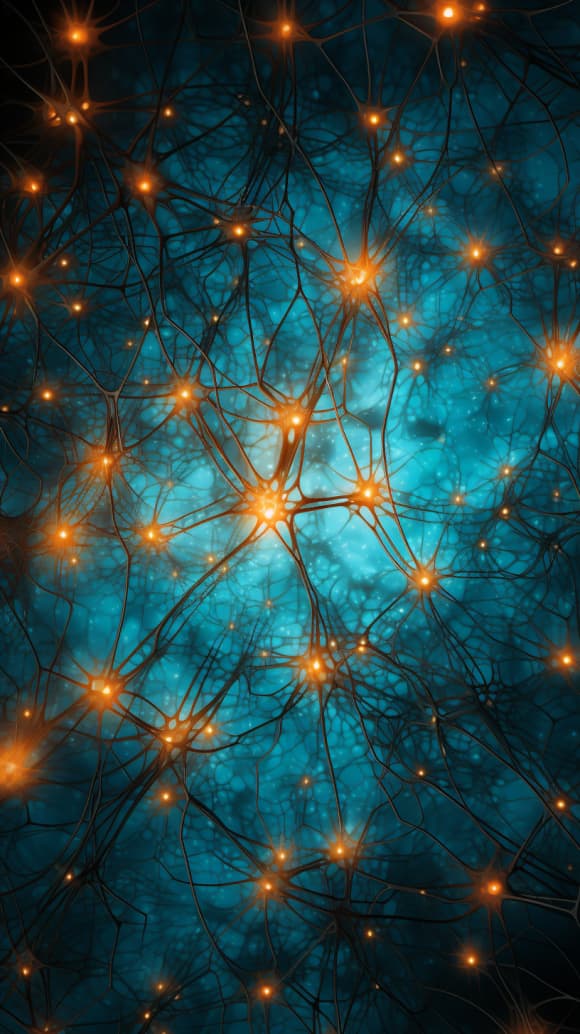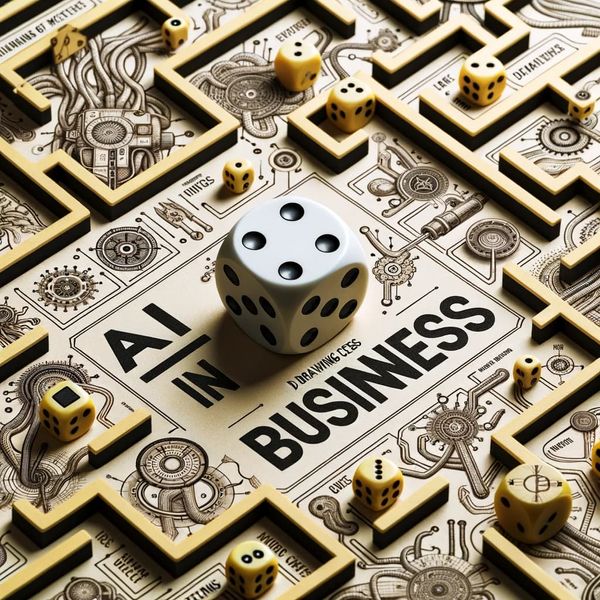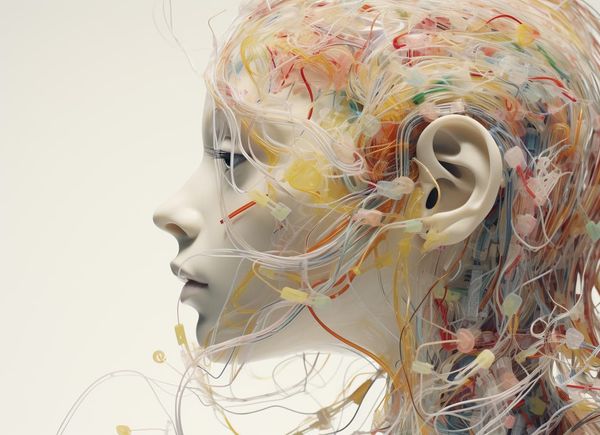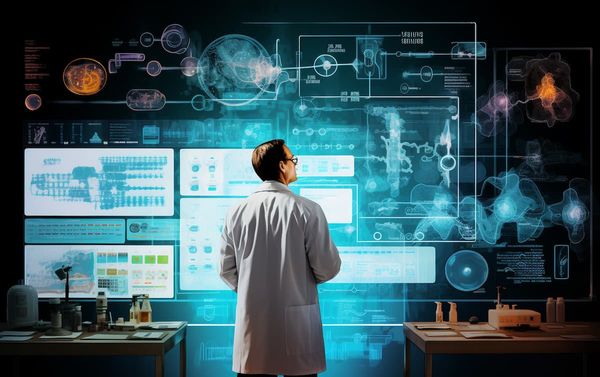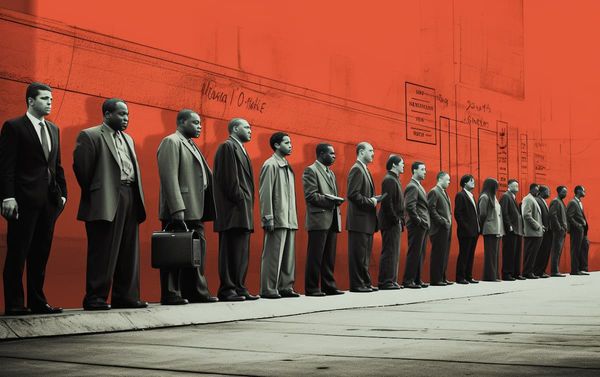When discussing the potential impact of artificial intelligence (AI) on the workforce, many experts argue that AI will complement human intelligence rather than replace it entirely. However, an emerging trend in various industries suggests a different narrative — the retirement of knowledge workers. This shift raises questions about the true consequences of AI and calls for a closer examination of the lessons learned from a previous technological wave, the Internet of Things (IoT).
Lessons from the Internet of Things (IoT)
- Origin and Adoption of IoT: Coined by computer scientist Kevin Ashton in 1999, the Internet of Things introduced the concept of using radio-frequency identification (RFID) chips to track products within supply chains. From there, IoT technology rapidly spread across industries, including manufacturing, precision agriculture, complex information networks, and consumer wearables.
- Transition to Software Development Networks: Around 2010, Cisco launched the "Tomorrow Starts Here" IoT campaign, coinciding with the transition of communication networks from hardware "stacks" to software development networks (SDN). This transition allowed carriers to expand their bandwidth without extensive hardware replacements. The era of machines communicating with each other and the promise of self-healing networks began.
- Retirement of Knowledge Workers: As networks evolved and analog systems transitioned to digital, experienced network engineers who facilitated the change started retiring. Their replacements, while familiar with monitoring tools, often lacked a deep understanding of network operations. The retirement of these knowledgeable workers led to a gap in expertise and a potential loss of critical knowledge.
- Complexity and Monitoring Tools: Over the years, networks became increasingly complex, incorporating cellular connections that grew exponentially. To manage this complexity, numerous monitoring tools were developed and implemented. However, the alerts generated by these tools often require interpretation, prioritization, and decision-making, posing challenges for technicians. They sometimes faced the dilemma of chasing "ghost tickets" that resolved themselves, resulting in lost productivity.
- Marketing's Strategic Thinking Gap: Like the network engineering field, the marketing industry is experiencing a parallel trend. While marketers possess technical knowledge and proficiency in utilizing tools, finding individuals who can think strategically and create compelling value propositions remains a challenge. The allure of AI generators and their capabilities is strong, but the tools are not yet capable of fully delivering on their promises.
The Risks of Over-Reliance on AI
- Knowledge Gap and Accuracy: Reflecting on the lessons from IoT, the growing reliance on AI tools leads to a reduction in the human workforce's knowledge and expertise. As knowledge is transferred from workers to machines, concerns arise regarding the ability of the remaining workforce to assess the accuracy, authenticity, or potential dangers of the output generated by AI systems.
- Case Study: Medical Center Alert System: An example from the healthcare sector highlights the risks associated with over-reliance on AI. In a medical centre's oncology unit, an AI tool flagged a patient for sepsis based on elevated white blood cell counts. However, an experienced oncology nurse, Melissa Beebe, knew that the patient's condition was due to leukaemia, which could exhibit similar blood counts. The AI algorithm failed to account for this unique circumstance, underscoring the importance of human expertise in interpreting data.
- Limitations of AI: The incident involving the oncology nurse demonstrates that while AI algorithms can detect patterns based on historical data, they may not always capture the nuances of individual cases. Blindly following AI-generated alerts without human intervention can lead to misdiagnosis, incorrect treatments, and potential harm to patients. This highlights the need to balance the power of AI with human intelligence and critical thinking.
Embracing Business and Human Intelligence
- Leveraging AI for High-Value Tasks: AI technologies hold the potential to automate low-value tasks, allowing human workers to focus on higher-value activities that require creativity, strategic thinking, and complex decision-making. This redistribution of time and effort can lead to the development of individuals and teams, fostering innovation and growth.
- Combining Human and Machine Intelligence: The true benefits of AI in the business-to-business environment are realized when human intelligence and machine intelligence work hand in hand. Rather than relying solely on AI algorithms, organizations should recognize the value of human expertise in analyzing, interpreting, and making informed decisions based on AI-generated insights.
- Mitigating Risks with Human Oversight: To ensure the responsible and ethical deployment of AI systems, incorporating a human-in-the-loop approach becomes crucial. Human oversight can provide a vital checkpoint to validate AI outputs, verify their accuracy, and prevent potential errors or biases. This collaborative relationship between humans and machines maximizes the benefits of AI while minimizing the risks.
Summary
While the prevailing notion suggests that AI will augment human intelligence, the retirement of knowledge workers observed in the IoT wave raises concerns about the potential consequences of AI implementation.
Drawing lessons from IoT, it becomes evident that blindly relying on AI tools can lead to a knowledge gap and inaccuracies.
To unlock the full potential of AI, businesses must combine the power of human and machine intelligence, leveraging AI for high-value tasks while ensuring human oversight to mitigate risks.
The synergy between business intelligence and human intelligence is the key to successfully navigating the evolving landscape of AI-powered technologies.
Reference





